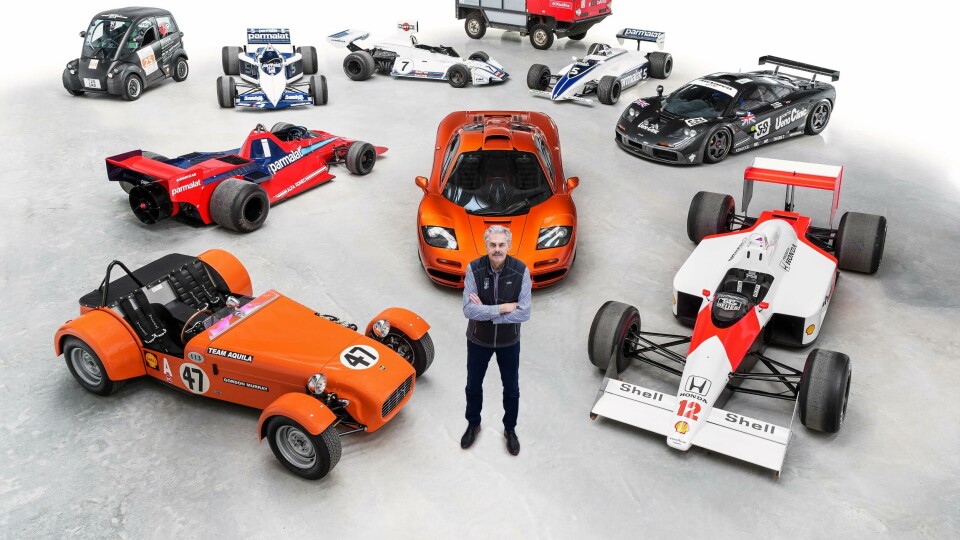
“I don’t have a computer and I can’t do CAD; I have a drawing board everywhere I go”
Gordon Murray, the ”engineer with an artistic bent”, talks Car Design News through his path to design, the handful of modern cars he likes and his unashamedly analogue mindset
This year marks a special milestone: six whole decades of Professor Gordon Murray CBE designing and engineering cars for both the road and racetrack. It’s small wonder that Goodwood is marking the occasion with its Central Feature at July’s Festival of Speed, a good an excuse as any for us to sit down with Gordon to chat about the highlights of his career, his current garage, and the unwaveringly analogue ethos of his Gordon Murray Automotive supercars.
CDN: The big one: do you consider yourself a designer or engineer?
Gordon Murray: I’m an engineer, but I have an artistic bent. I was studying art at 13 and my teacher wrote to my folks and said, ‘This guy’s books are full of racing cars and suspension; I think he should be in technical drawing,’ and that’s the path I pursued. By 17 I was just earning enough money to think about going racing, but not enough to buy a car, so I built my own. I could do an engine, but I knew nothing about chassis work, so I sent off for the Costin and Phipps book, Racing and Sports Car Chassis Design, and started building my special. Right from six years old, I never wavered, never thought about anything but being a racing driver. It was building and developing my own car that got me more interested in the design side.
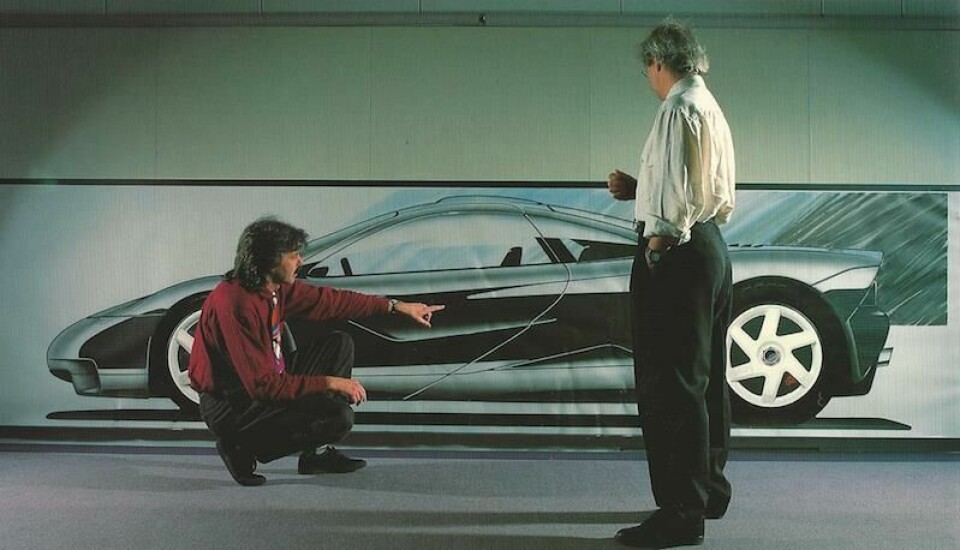
CDN: Does your proficiency in both design and engineering help smooth out the GMA development process?
GM: With racing cars, there’s not much room to manoeuvre. The packaging is so tight and the regulations are so controlled. You spend most of your time in modern Formula One doing detailed improvements on the aero side. But in road cars, where you’re starting with a completely clean sheet of paper and must integrate a whole design with the aerodynamics, the crash requirements, and so on, there’s a general war between the studio and engineering. The engineers know which elements you can’t make whereas the studio just want their pure design translated into an engineered car. They’re always at loggerheads with one another. Whereas now, I’ve only got myself to argue with. It’s a very short argument.
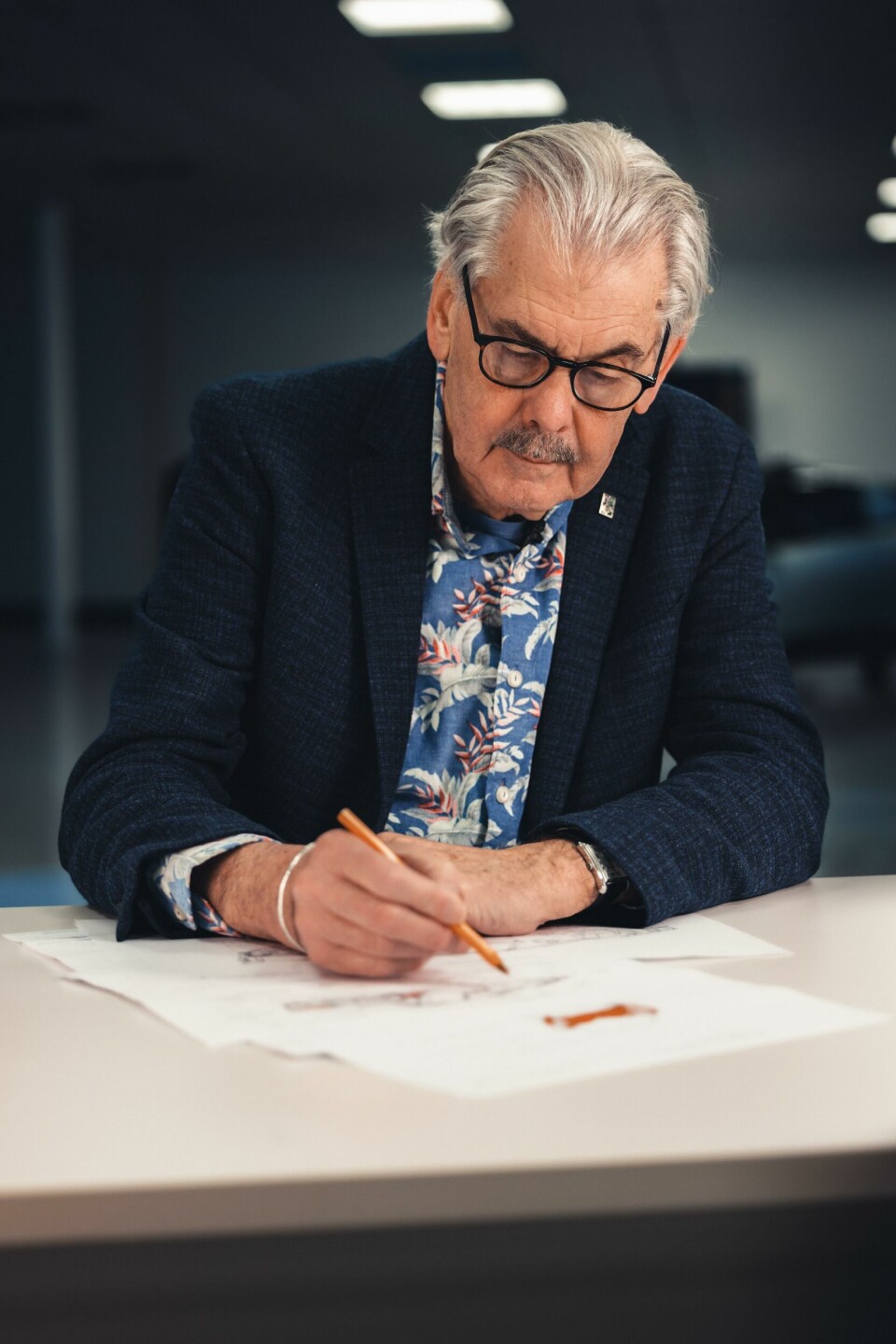
CDN: You’re still a fan of sketching, we gather…
GM: All my concept work is via 2D orthographic sketches, with ballpoint usually. When I’ve got the concept and the package to where I want it, after dozens and dozens of sheets or paper, I sit at the drawing board and map it out to scale until the package works. I then take that basic shape and make sure the styling and the aerodynamics fit the ethos of whatever we’re designing. I don’t have a computer and I can’t do CAD; I have a drawing board everywhere I go. When I’ve got the package spot on, I hand it over to the folks with CAD who cleverly take that concept and turn it into a proper road car. I still sketch for fun when I’m on holiday and I love to draw buildings. I’ve designed quite a few houses as well as for our new factory in Windlesham.
CDN: The McLaren F1 is perhaps your seminal work – was this purely sketch work, too?
GM: That was probably the last car design that involved no CAD at all. It was all done with pencils and paper, everything, including the design of our own gearbox. The concept for that was by a chap called Pete Weismann who I worked with in Formula One and on the LCC Rocket; a genius guy and a good friend. The gearbox made up 740 images, every one of those a manual pencil drawing. We had the complete car package on a big wall in a design office and I would get the team together every Monday morning.
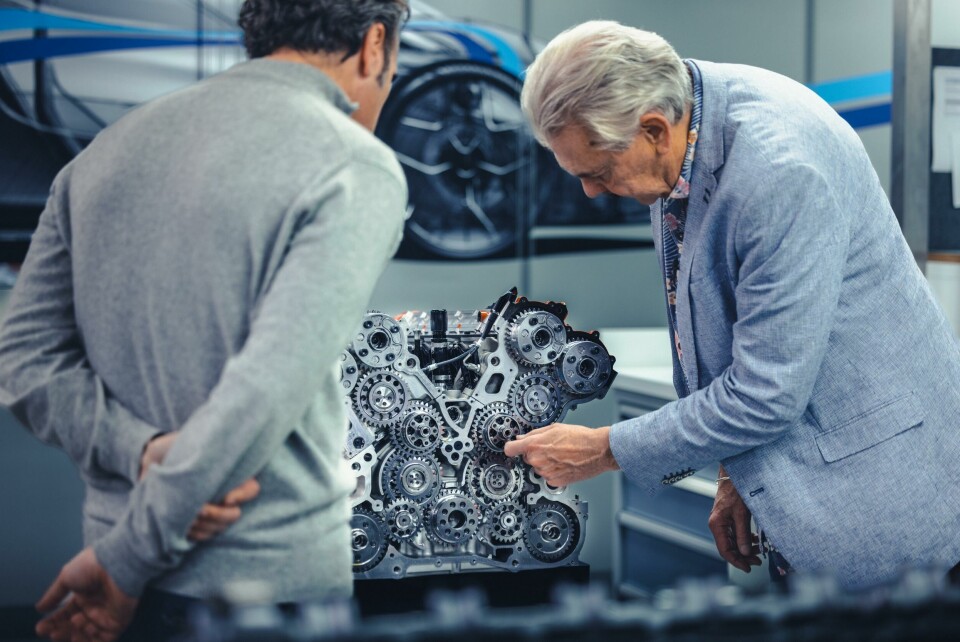
There were only seven of us in total, and we used to stand around this full-size drawing and argue about real estate. Winning Le Mans with the F1 GTR is probably the highlight of my career. The car wasn’t originally designed to race. We just took the road car, lowered it, put some aero devices on it, fitted a fire extinguisher and roll cage and went racing. That was it.
CDN: You love lightweight, something modern machinery increasingly isn’t. What do you drive?
GM: I try to drive my classic cars in the summer, but my main car is my Alpine A110. It’s about 1100 kilos which you can feel in its transient handling and vehicle dynamics, you feel its lack of weight as a fundamental thing. I’ve done 18,000 miles in mine now. I use it every day during the wet and muddy months. My wife and I share a Suzuki Jimny, too. The driveway is quite steep and when it’s frosty or snowy, we need a 4x4 to get out. That’s also about 1100 kilos and it’s a magic car off road. I’m taking delivery of an AGTZ Twin Tail soon.
We get congratulation letters from customers saying, ‘Thank goodness you’ve got a manual handbrake; thank goodness you’ve got an analogue rev counter.”
I have eight or nine Zagatos from different periods and I thought this would be a nice bookend. They’re only making a handful of them, so it’s probably a good investment. It’s all carbon, so it should be light and fun. If it drives well, I’ll use that instead of my ‘normal’ A110. I didn’t buy it purely to stick in the collection.
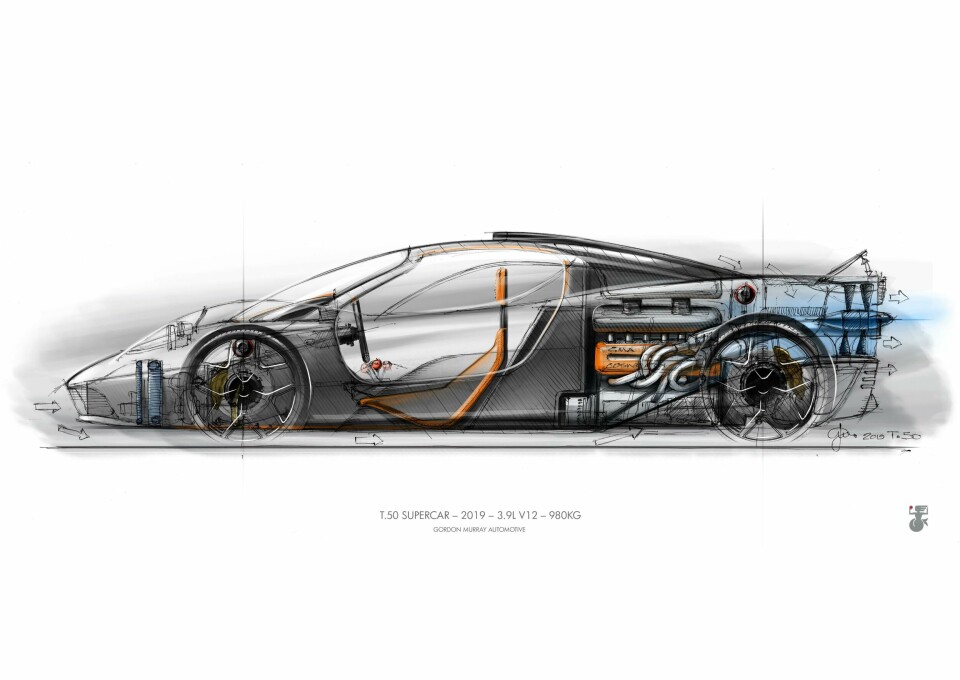
CDN: What are your thoughts on the restomod movement?
GM: I’m a purist car designer, but I’m not a purist collector, so I’m quite happy with it. I’ve got an Alfaholics car, a Zagato Junior on their GTA-R chassis, and I love it. Firstly, because I wouldn’t fit in an original so I would never drive it. They lowered the floor five inches and moved the rear bulkhead back six inches – it’s a car I’ve always loved, but now I can fit in it. Secondly, they’re all rusted, a bit underpowered and they haven’t got all the mod cons that you need to drive through winter. I’ve specified this one so I can drive it all year round and take it on rallies.
I’ve also built a Mk1 Escort with Retro Power. Again, if you buy an original you might encounter fogged up windows or axle tramp. I went a bit bananas with that, putting in a 250hp Twin Cam and independent rear suspension, but from the outside it’s in Old English White on steel wheels and it hasn’t been lowered. My goodness, it’s fun to drive, and you can use it for anything you like, basically.
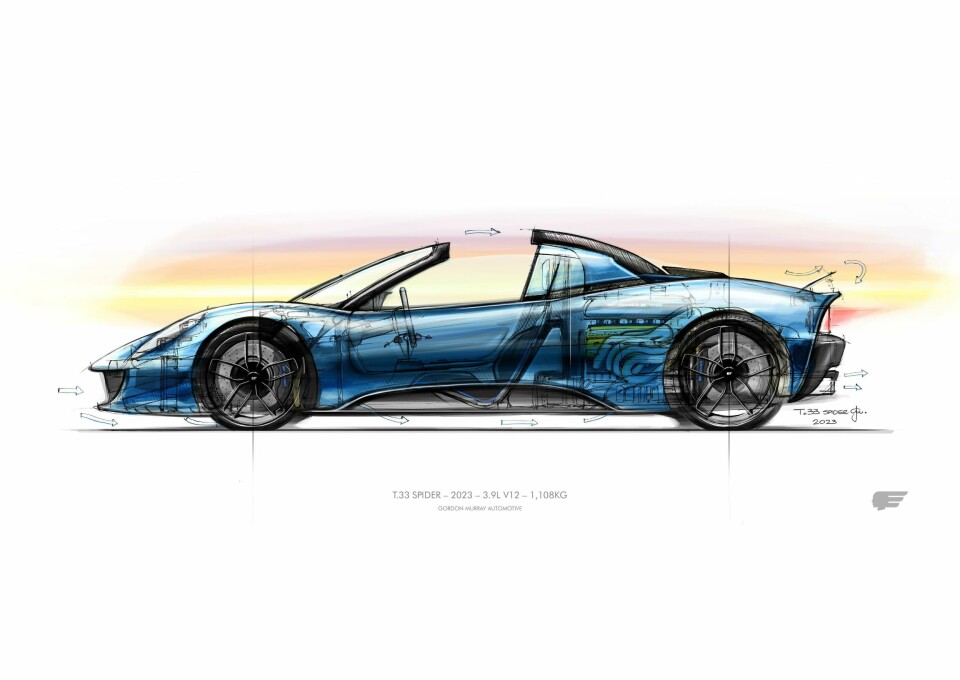
CDN: Perhaps you channel some of their analogue spirit into your GMA supercars.
GM: I’m fanatical about it. The T.50 is probably the most analogue new car there’s been for 20 years. I hate touchscreens in a car with a vengeance – when you’re trying to drive a motor car and look at the road, and you need to go down two or three layers of menu to adjust the air con, it’s just insane. In T.50 there are no touchscreens and every single control is analogue. A lot of them are rotary switches, because those are more intuitive when you’re driving. That’s a very conscious design choice. We get congratulation letters from customers saying, ”Thank goodness you’ve got a manual handbrake; thank goodness you’ve got an analogue rev counter.” For our two little information screens, we wrote our own software and designed our own graphics. So those menus are very intuitive and easy to use – you’re not losing focus on driving.
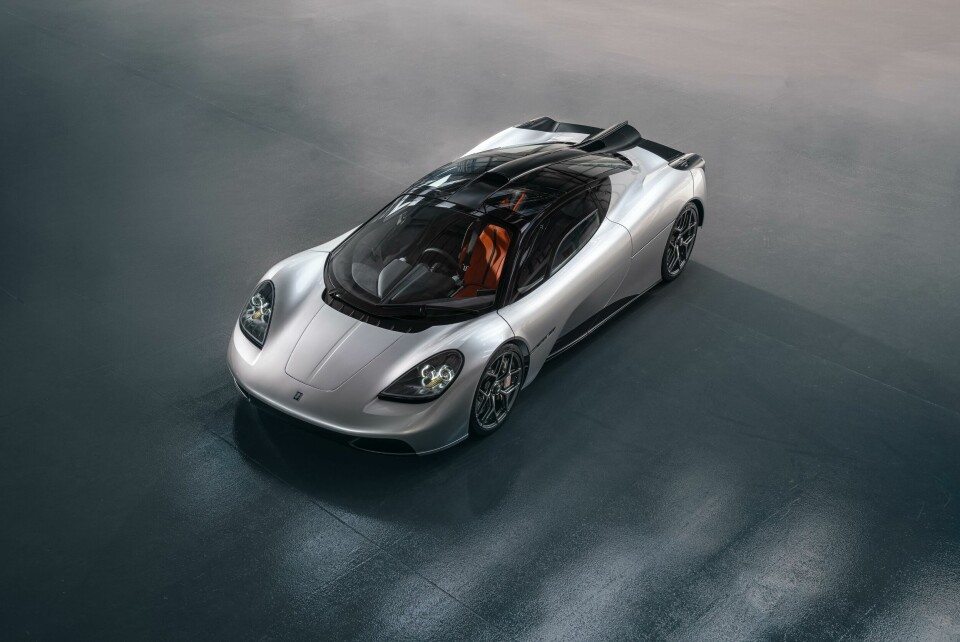
CDN: The cars continue to be built around accommodating their driver, too.
GM: If you don’t do that in the original package concept, you cannot do it in retro. You can’t go back and say, ‘Oh, now we’d like to make this car more adjustable, we’d like to fit a 97th percentile person in’. People, as you know, are very different. Some people are long in the body, some people are long in the leg, and whatever you do with adjustable steering columns, that never fixes the problem. You always compromise on where the pedals are relative to the grip on the wheel and the H-point in the seat. On all our cars we have three or four positions already pre-drilled in the monocoque and the pedal box moves. You’re buying a really expensive, fast motor car, so we make sure that everybody fits into it. We’re doing that with T.33 at the moment.
I did say to my wife that I might consider retiring when I’m 90…
CDN: This suggests you have a very close relationship with your buyers.
GM: It’s why only doing 100 examples of anything is fantastic. We get to meet everybody and get feedback from them all. For example with the T.50 spec sessions, I did every single one with the customers personally. We have a great team of people holding those sessions, but I made sure I was there and got to know the customers – I really enjoyed that part of it. It’s not a chore by any stretch of the imagination.
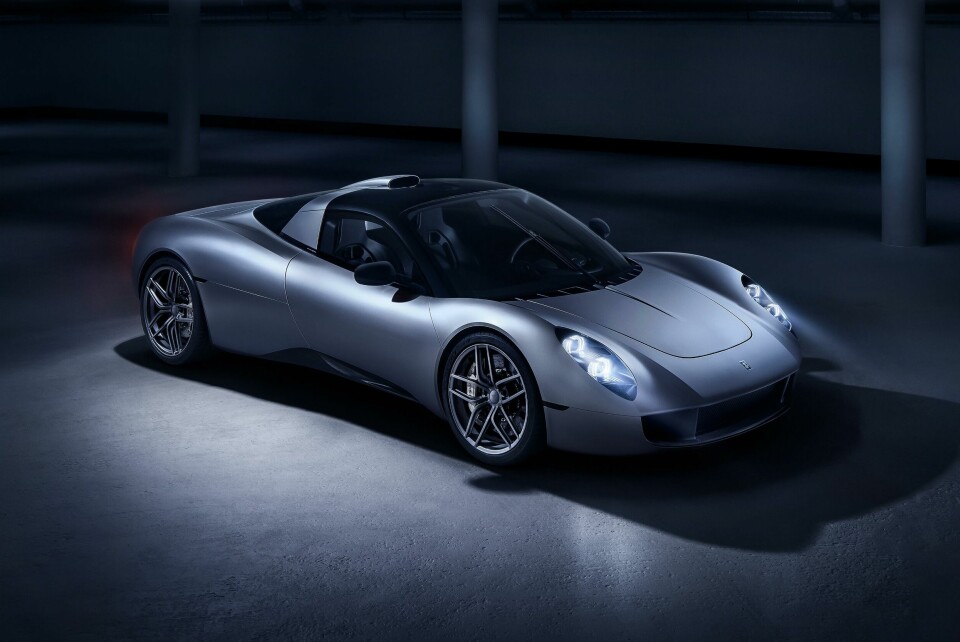
CDN: You’re the Goodwood Festival of Speed headliner. Is it safe to assume you’ve had a hand in the Central Feature?
GM: Yes. It’s different. It’s not the normal whirly, twirly sculpture that they normally have, but we like it. I think Goodwood will like it too. It’s being built at the moment. We have talked to the sculptor about the possibility of making it so we can dismantle and re-erect it at our new Windlesham building [also designed by Murray]. It would be a bit of a shame to just chop it up.
CDN: Six decades in the business is a long time. Any hints of slowing down?
GM: After 60 years you’d think it would be growing a bit thin, but it’s not. I don’t know what else I would do with my life if it wasn’t this. I’ve never worked with such fantastic people and I’m not just talking about engineers, I’m talking about the development team, prototype workshop, graphics team, studio, press team. I was ill last year but I’m back to working around 11 hours a day and I love it. I certainly can’t see myself stopping. I did say to my wife that I might consider retiring when I’m 90…



